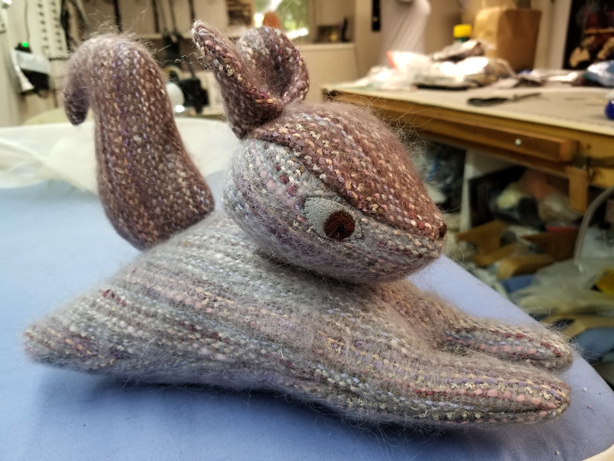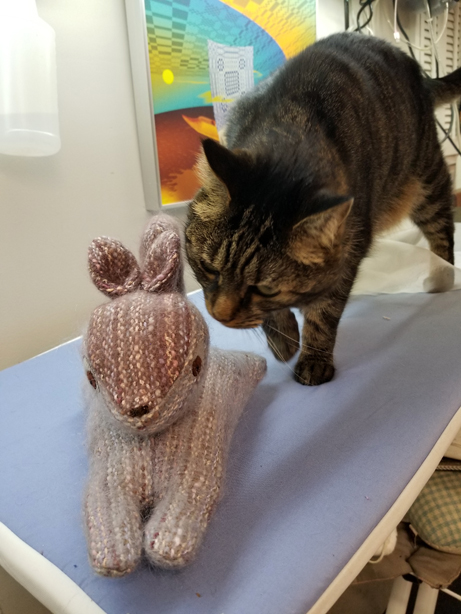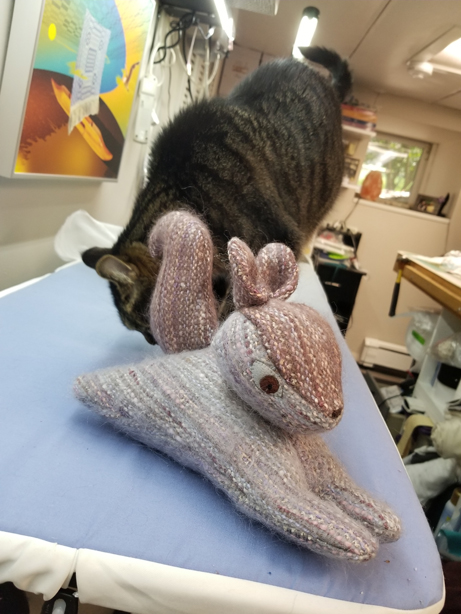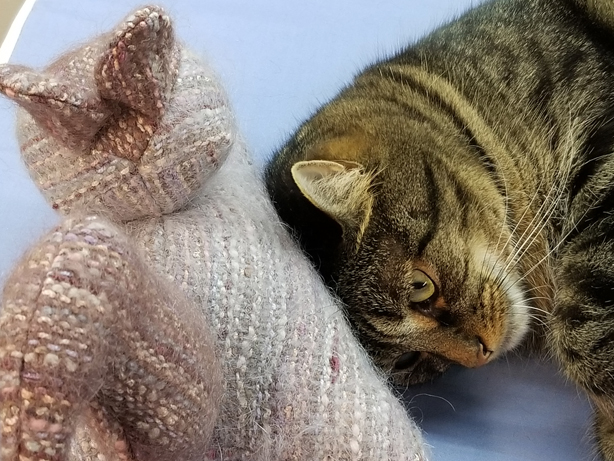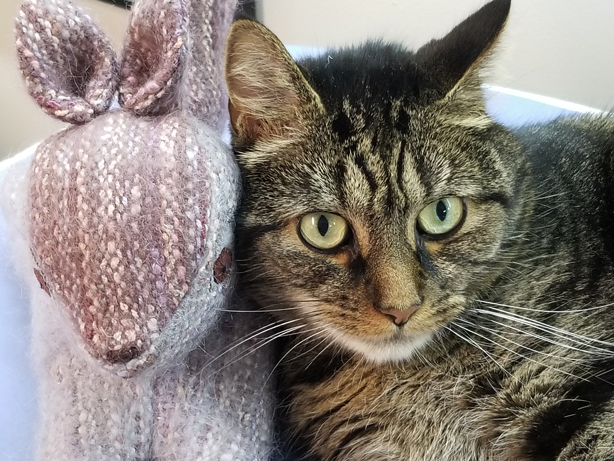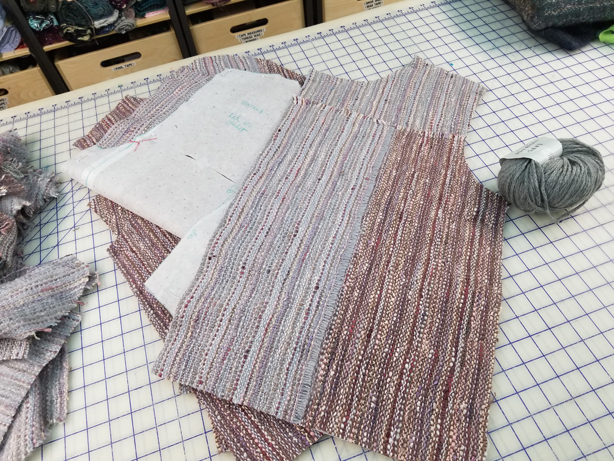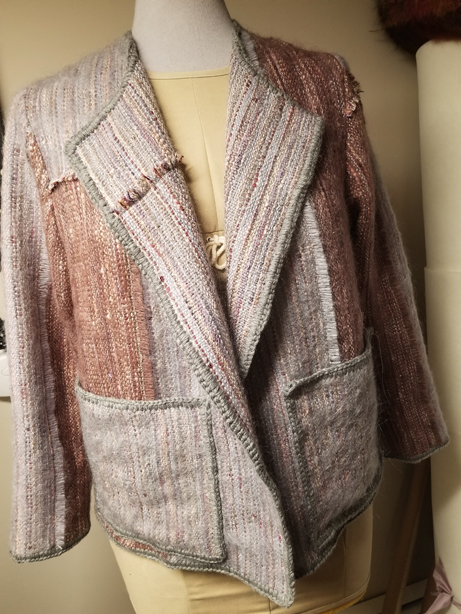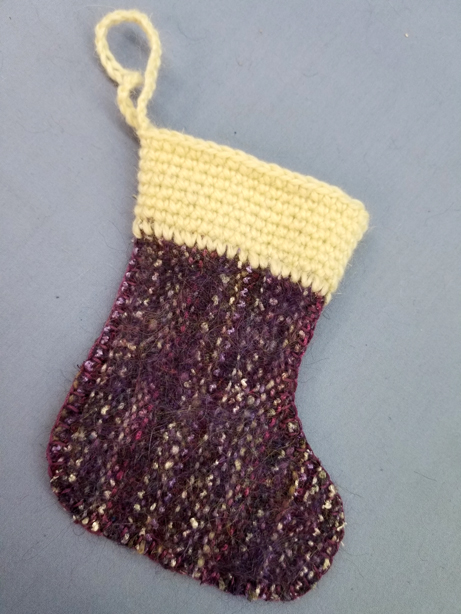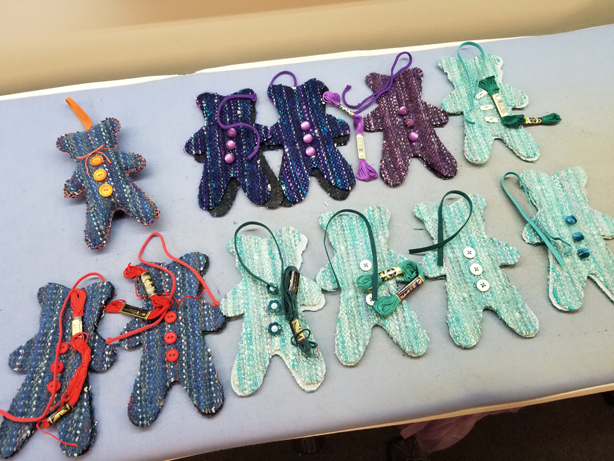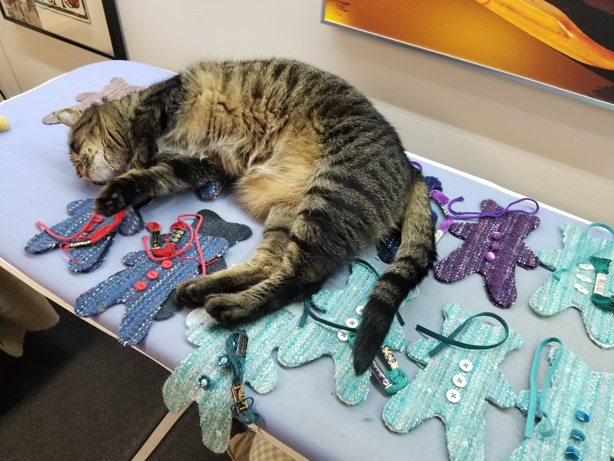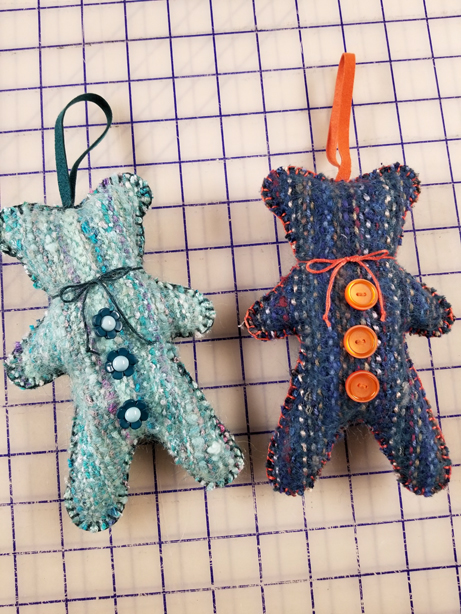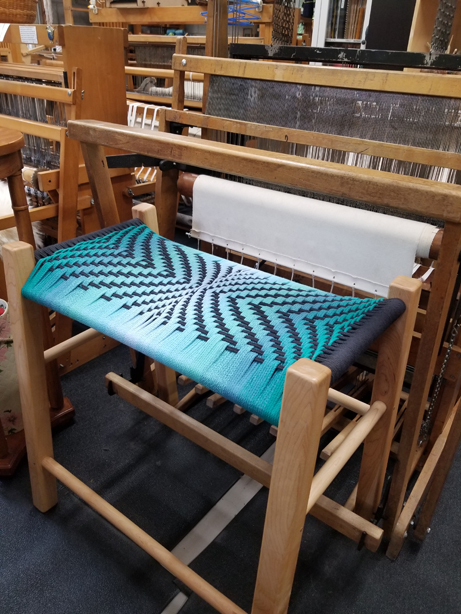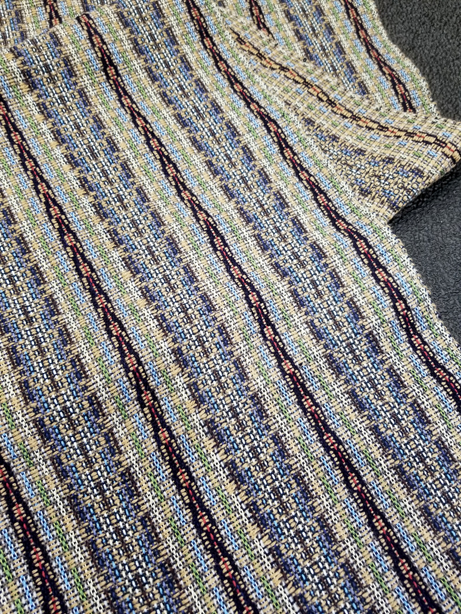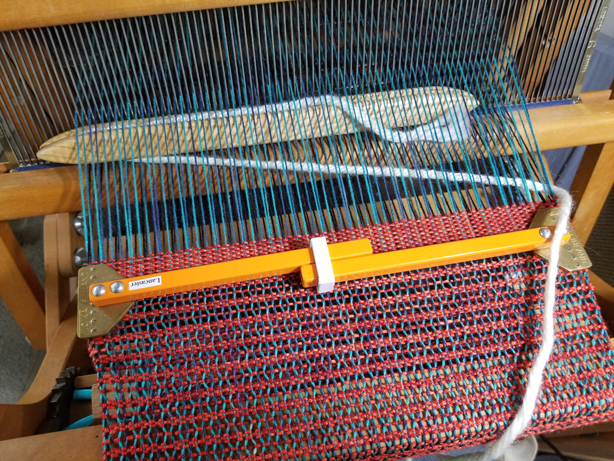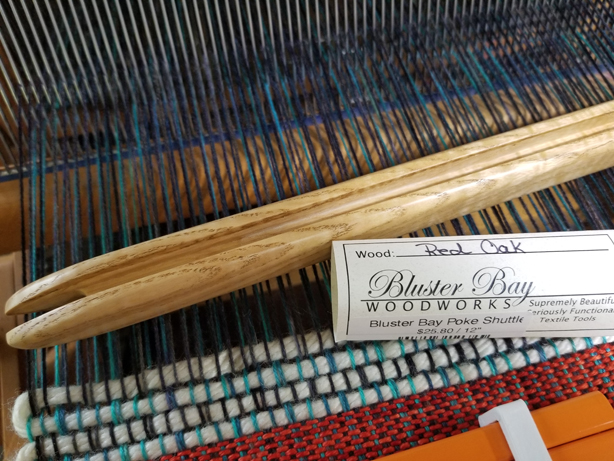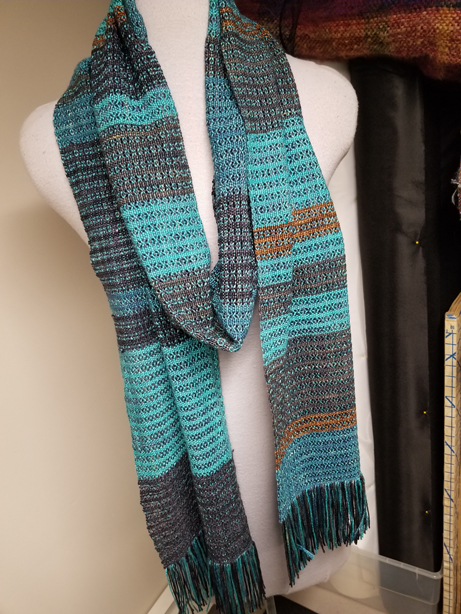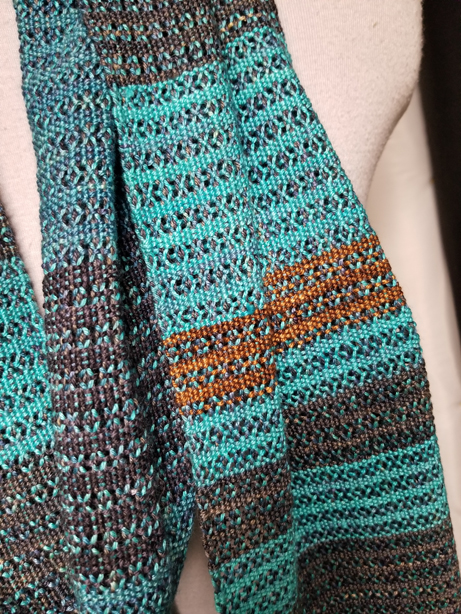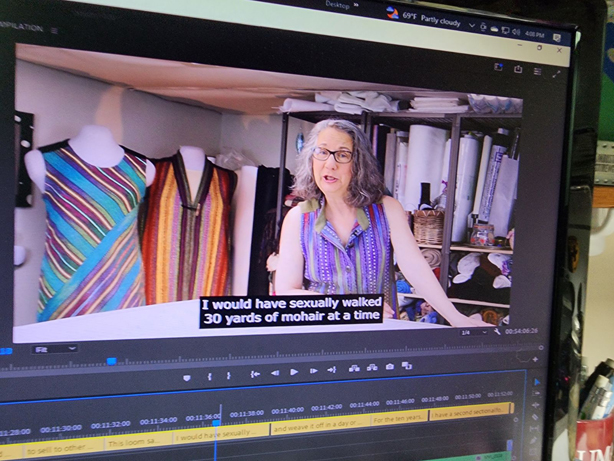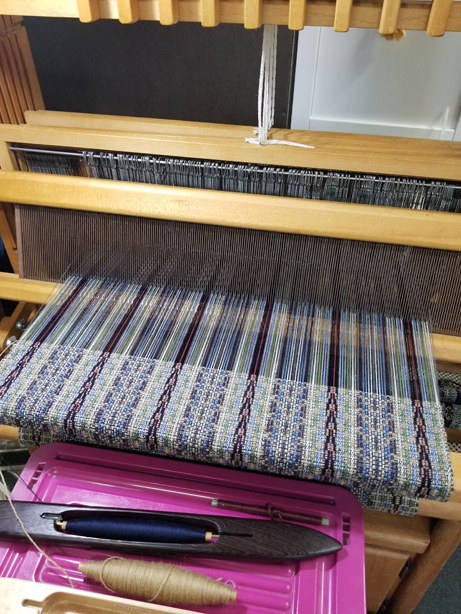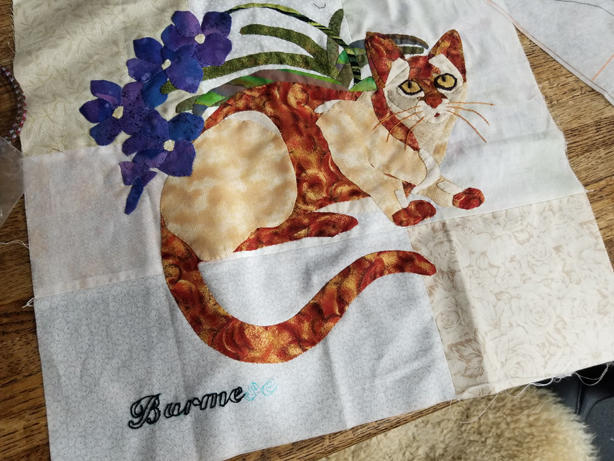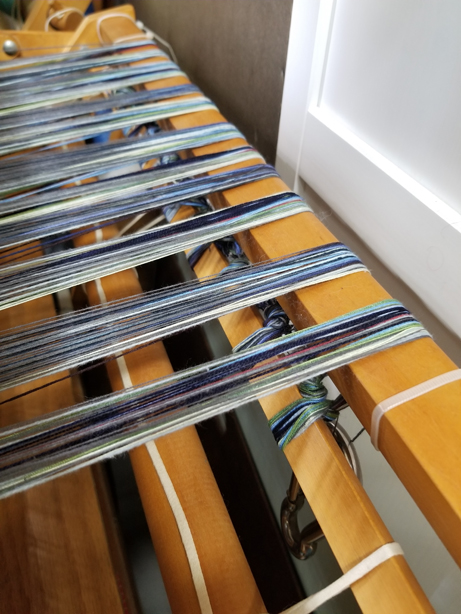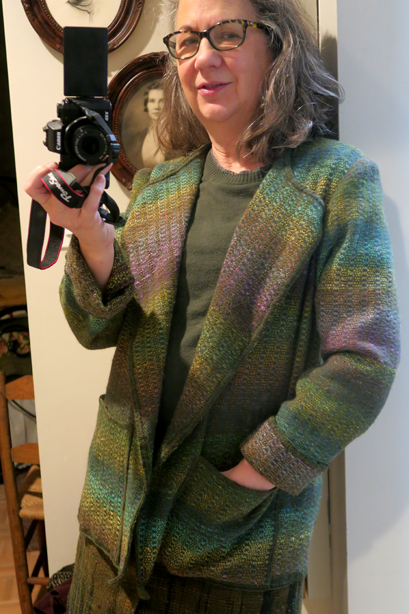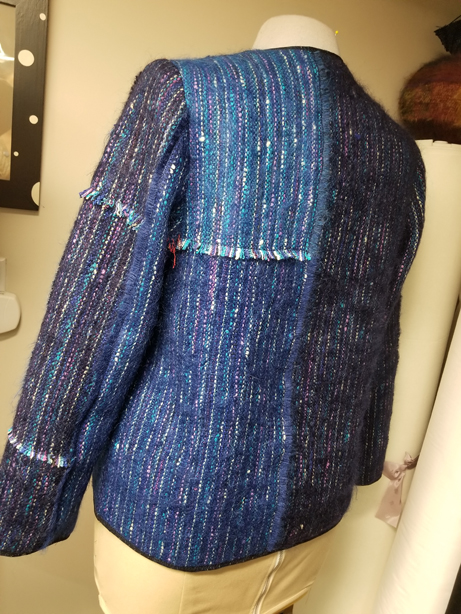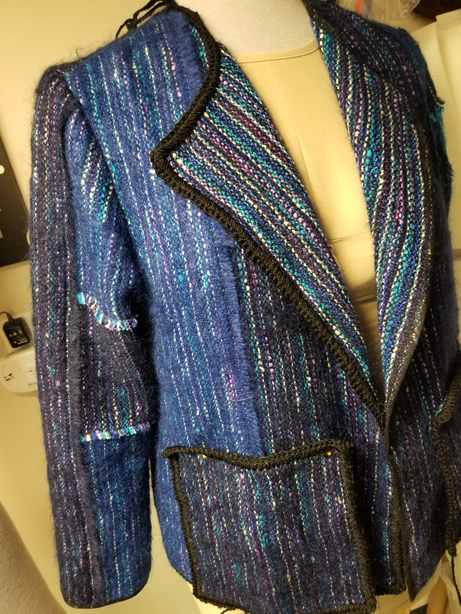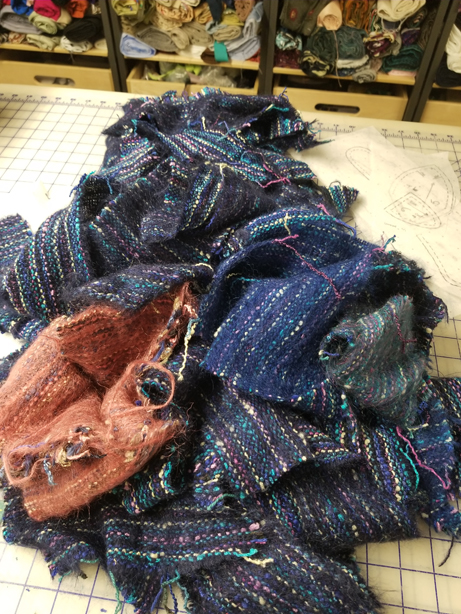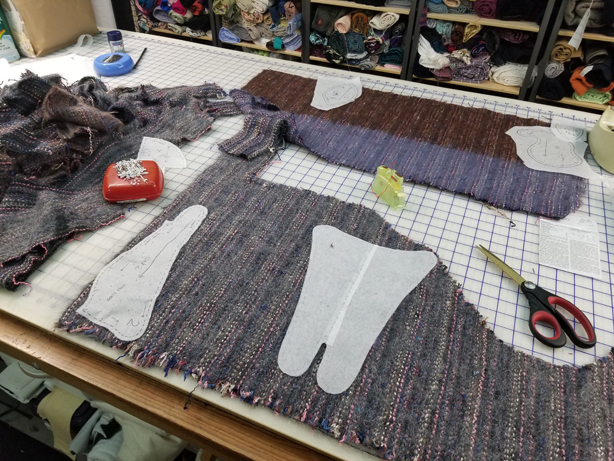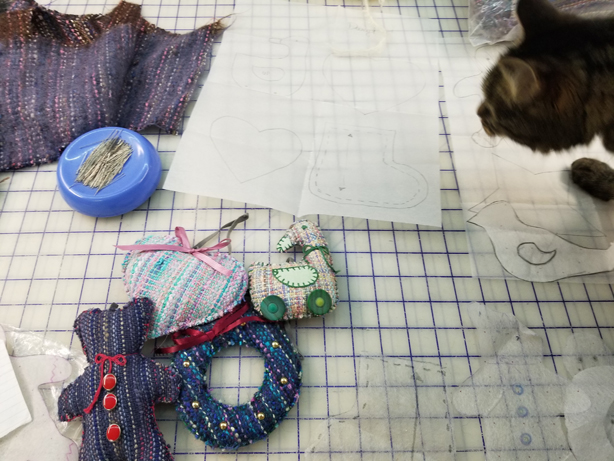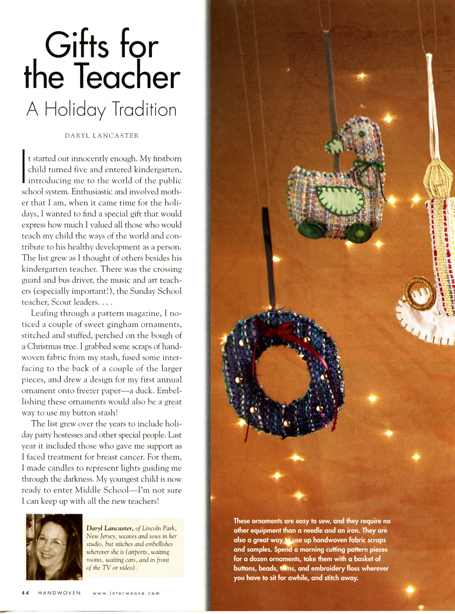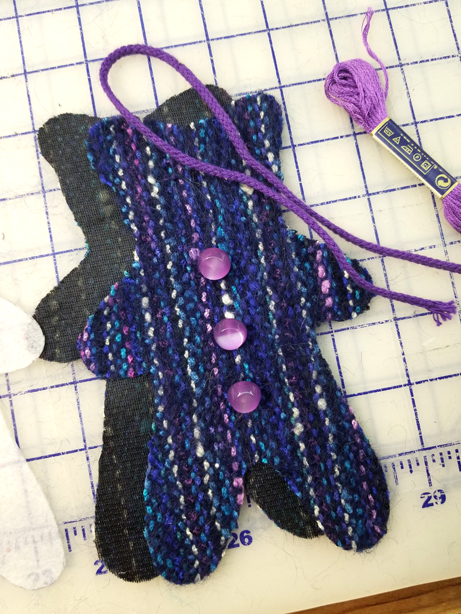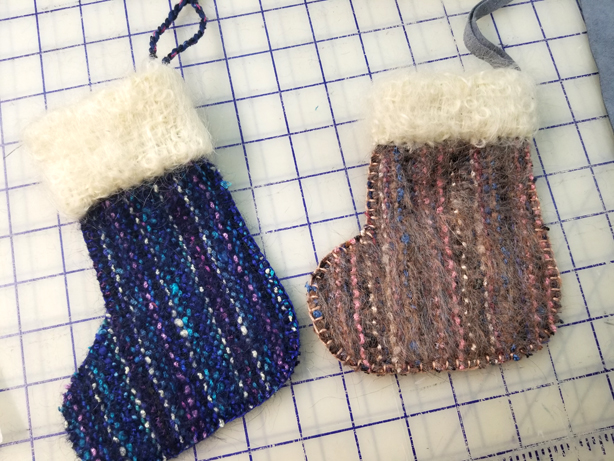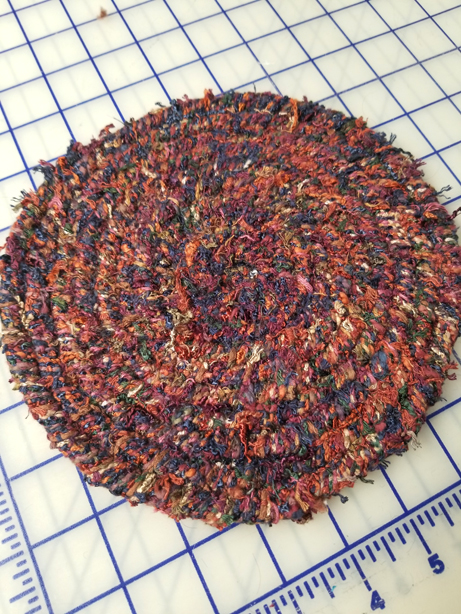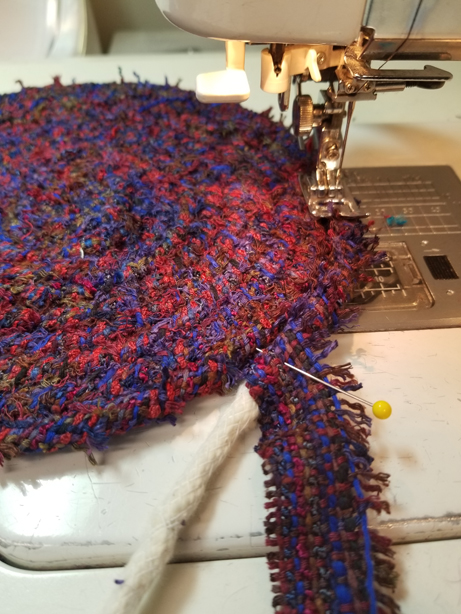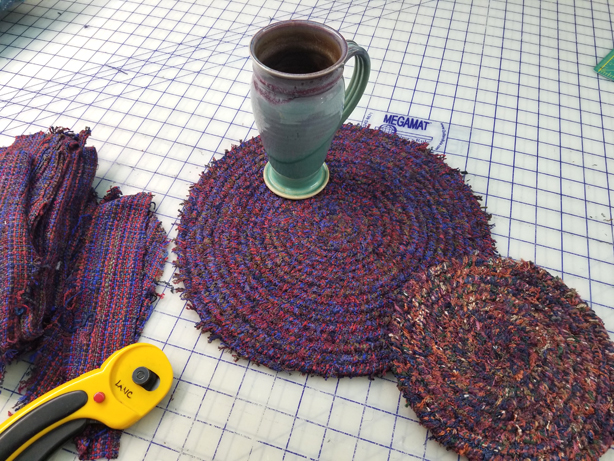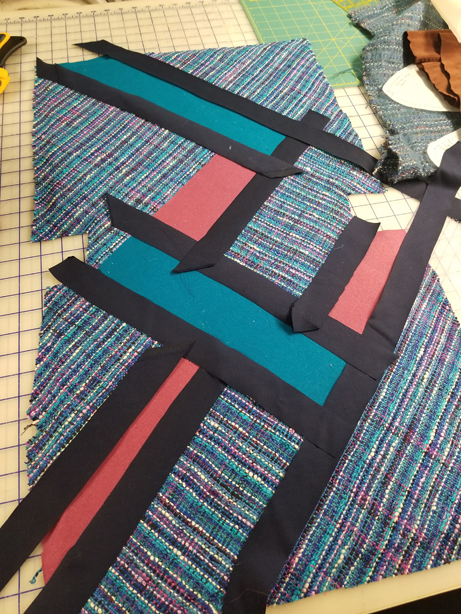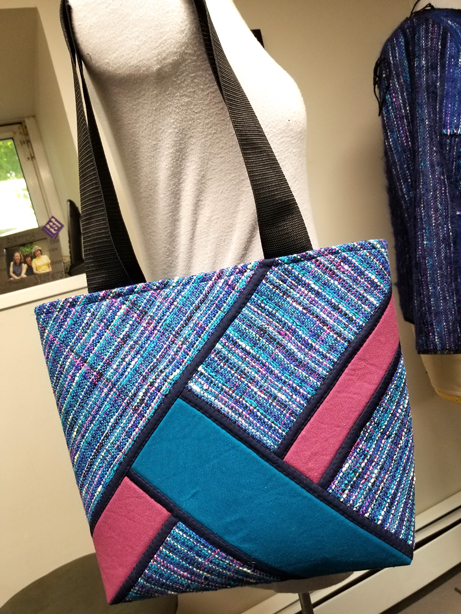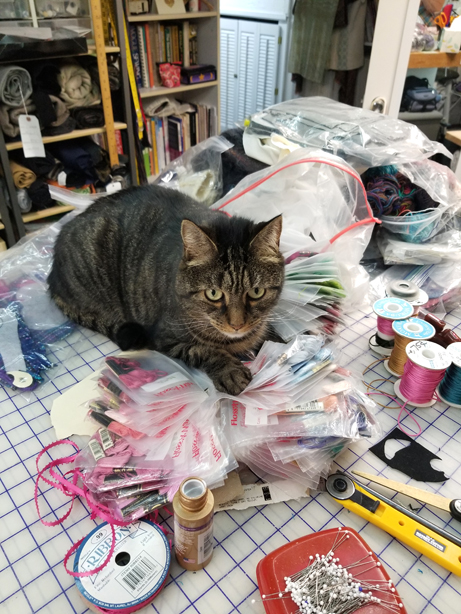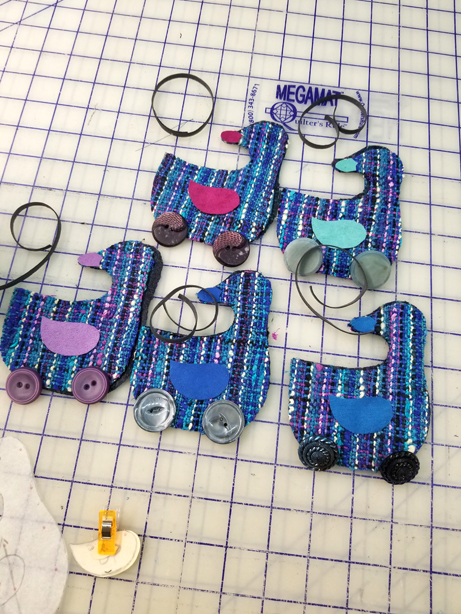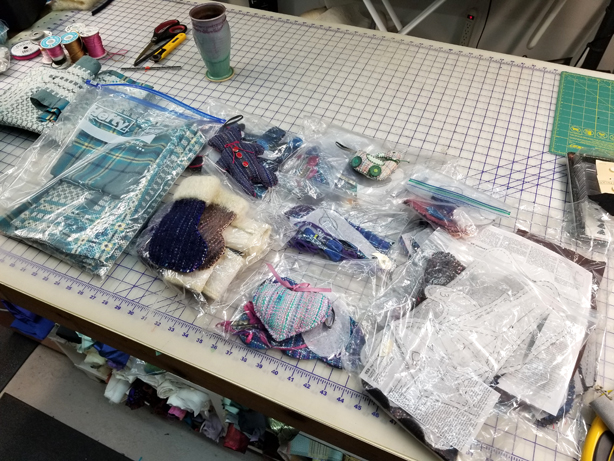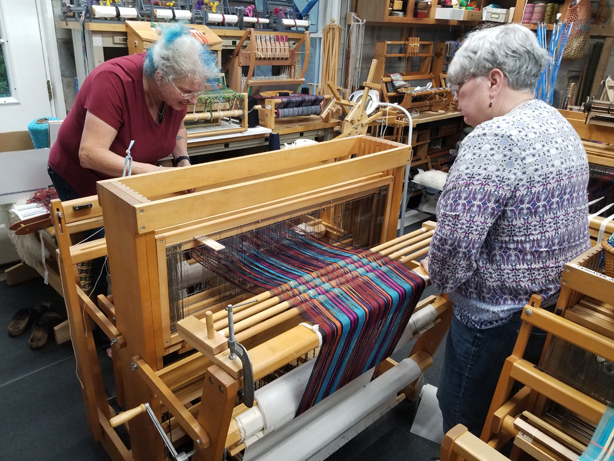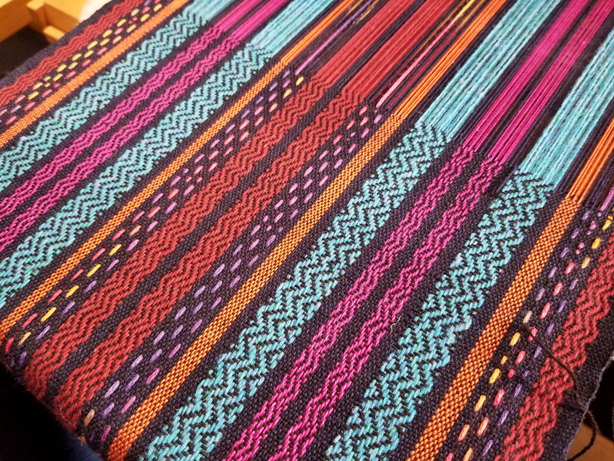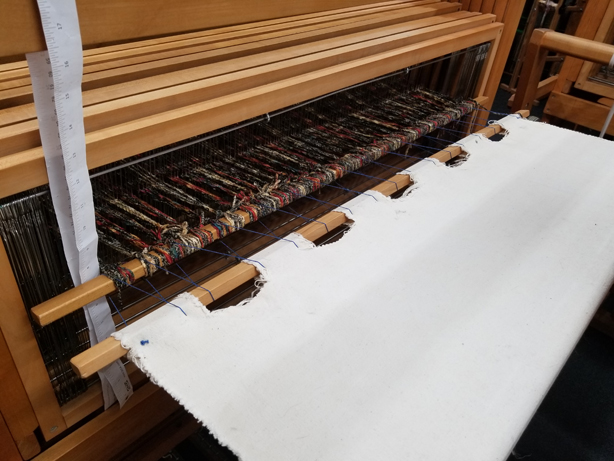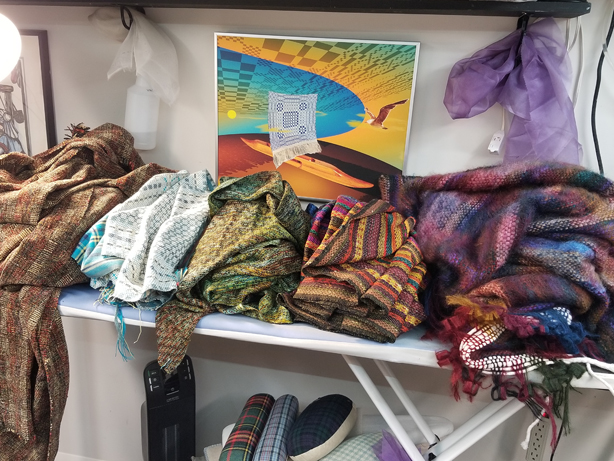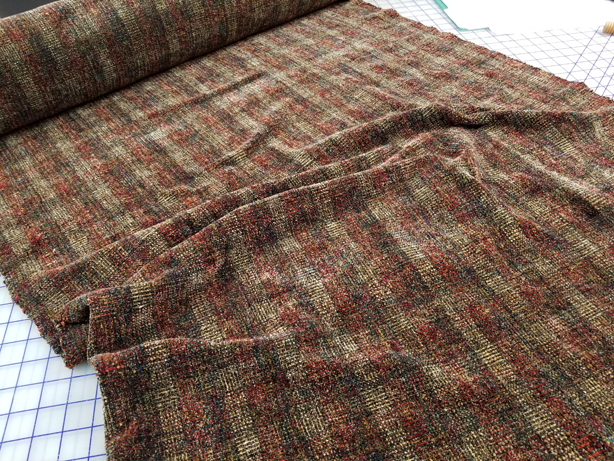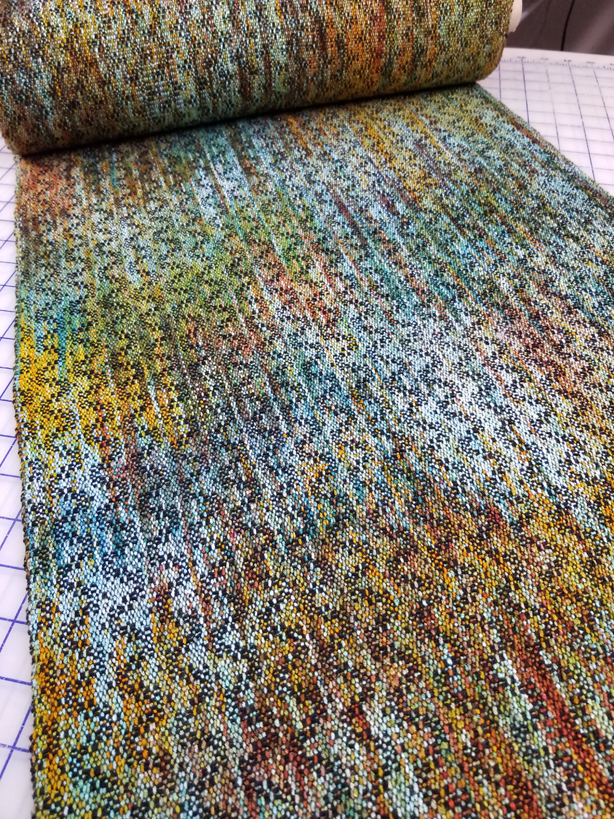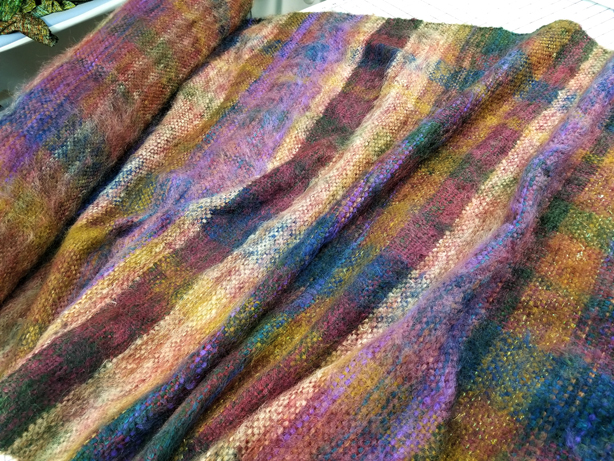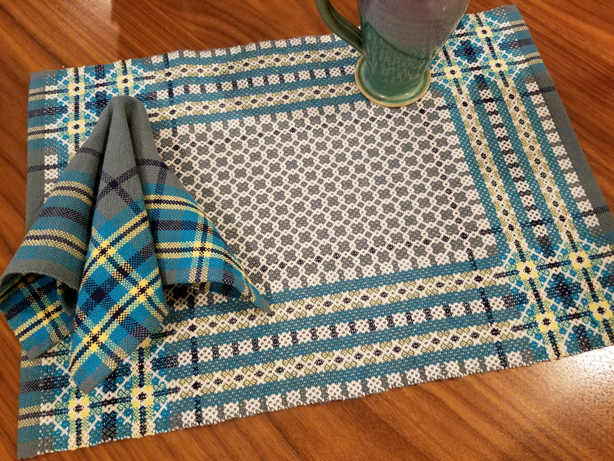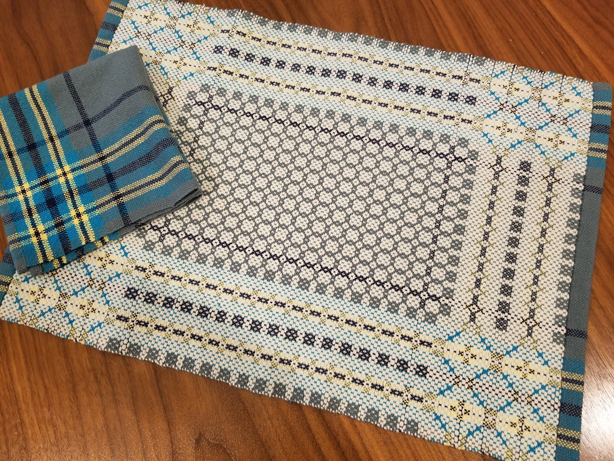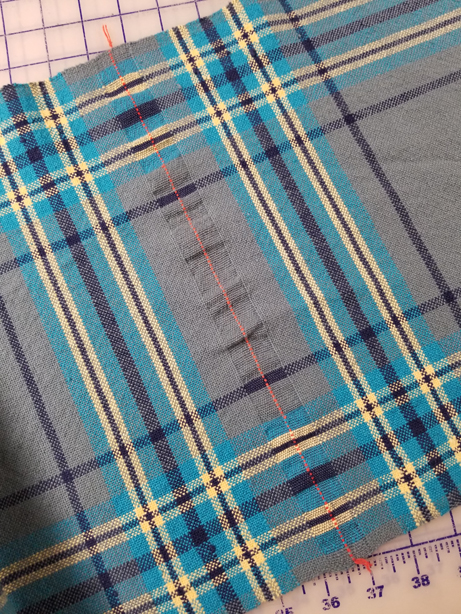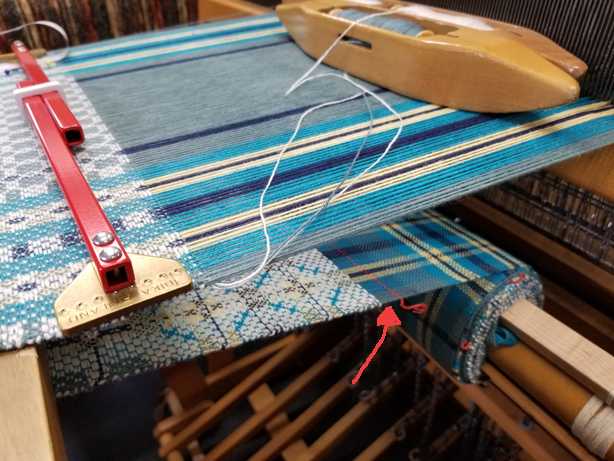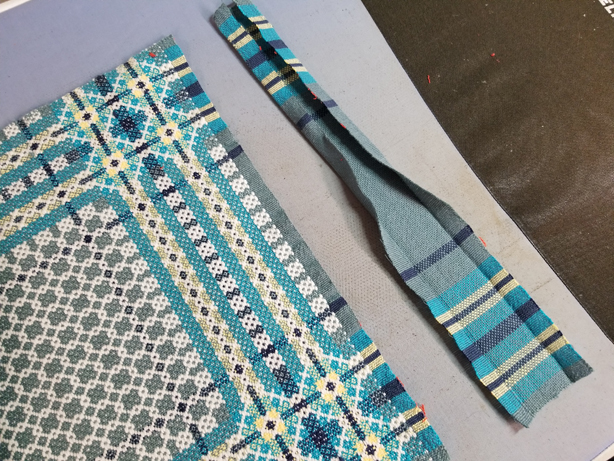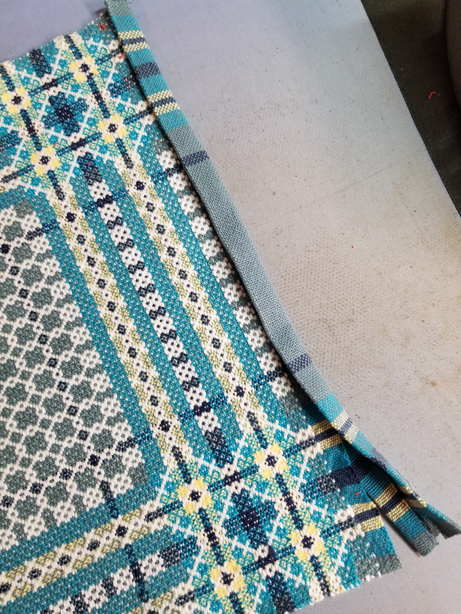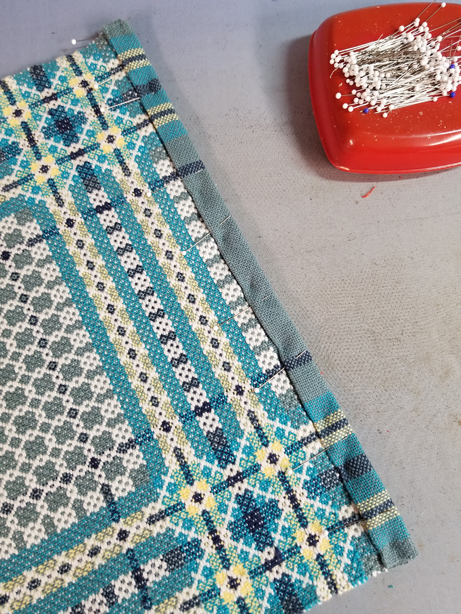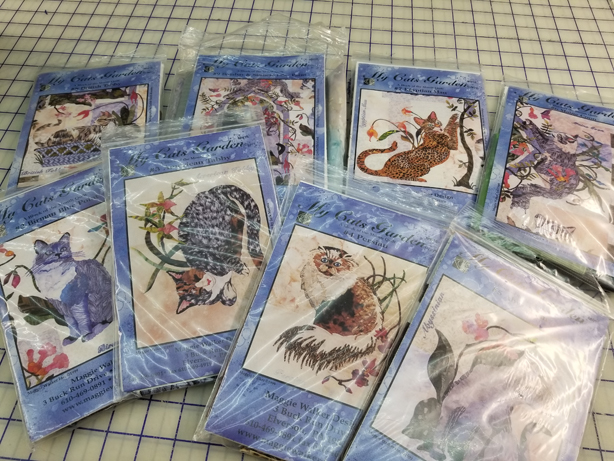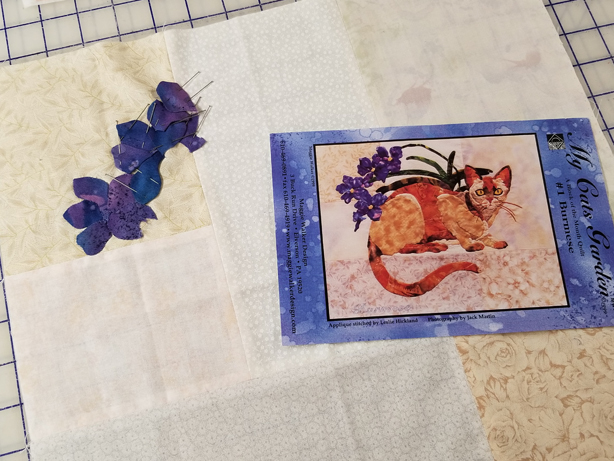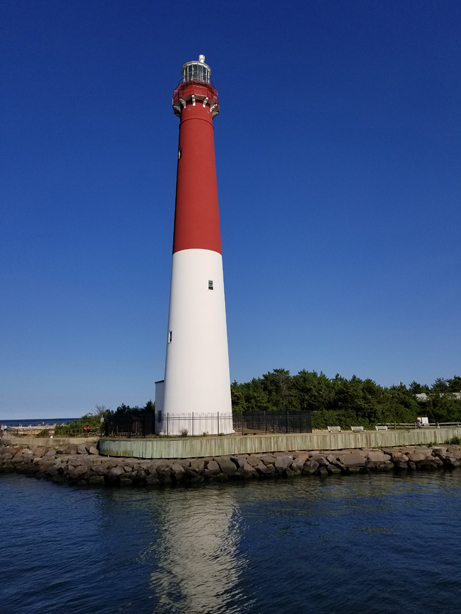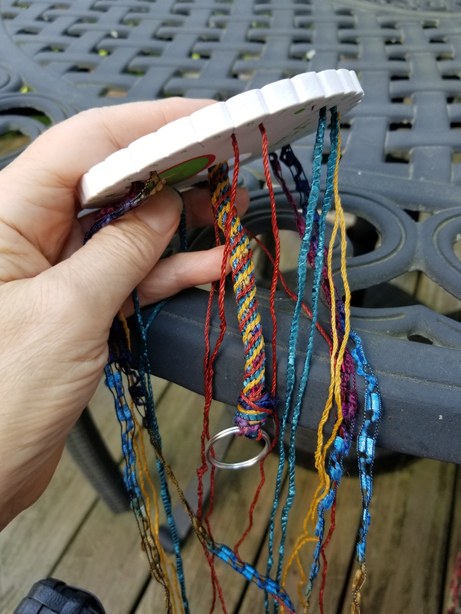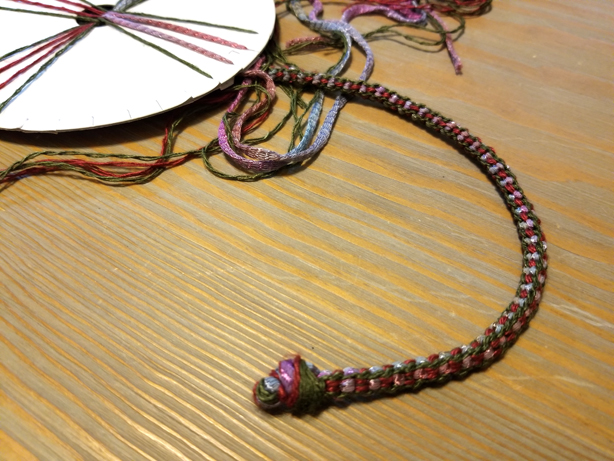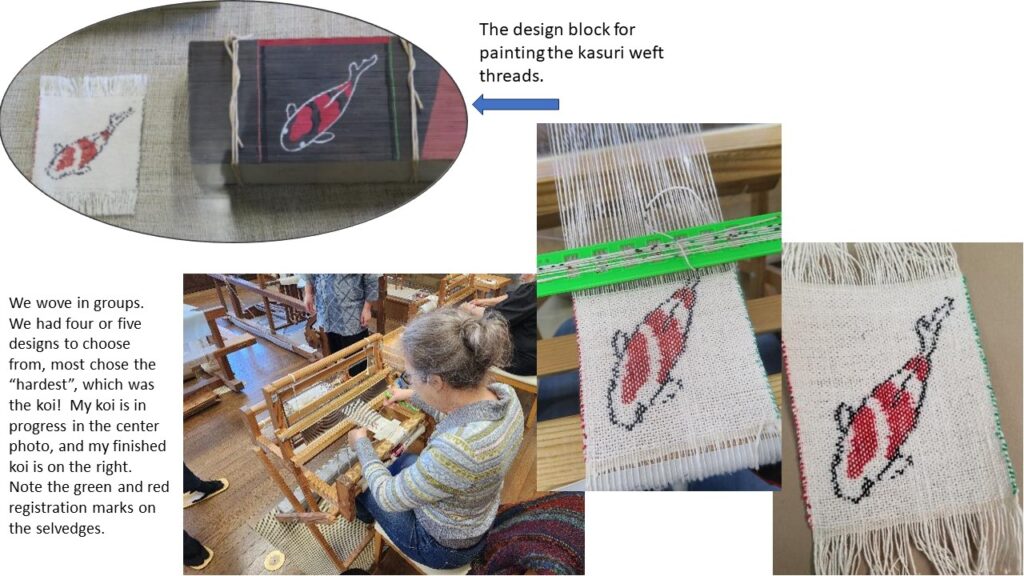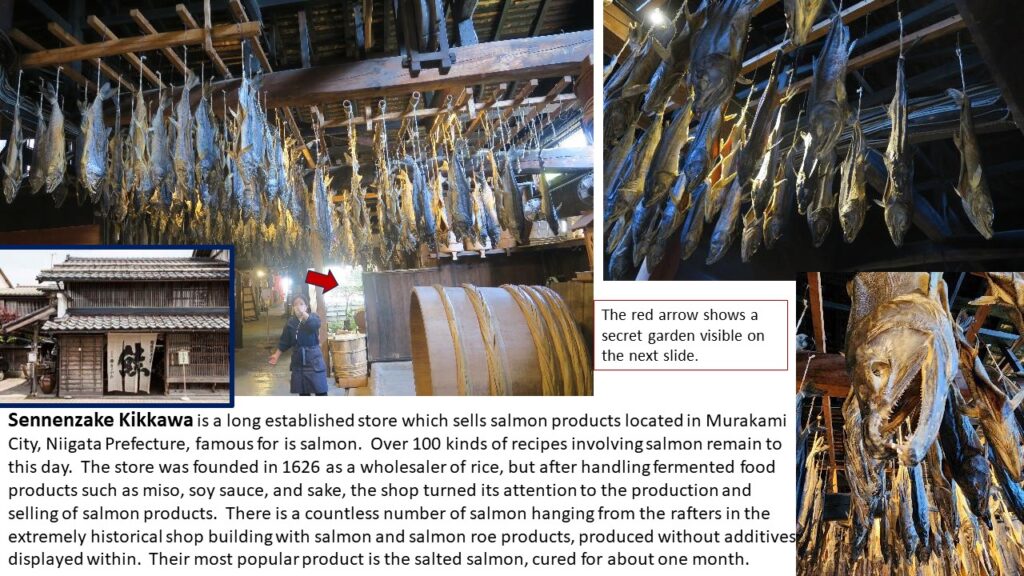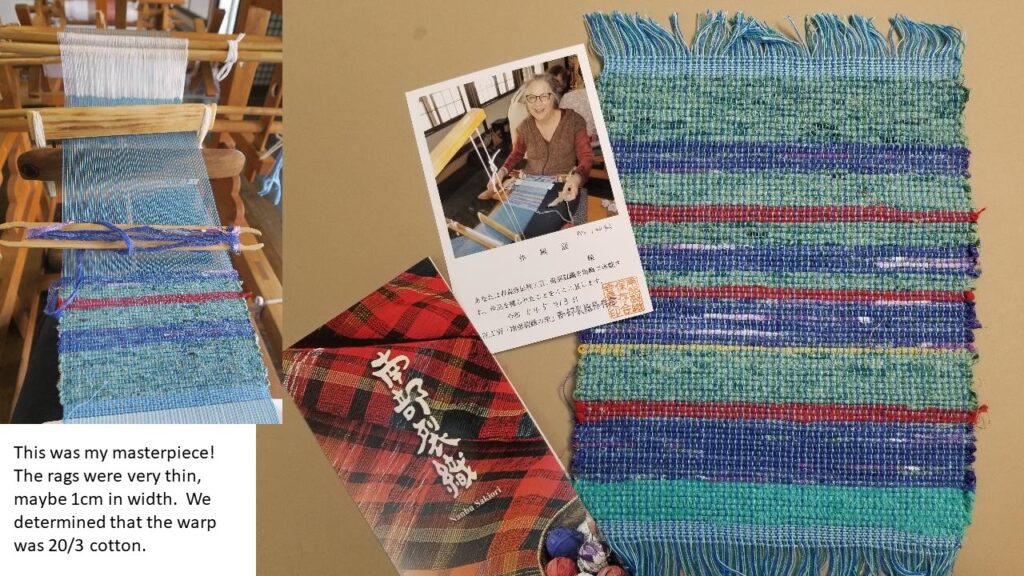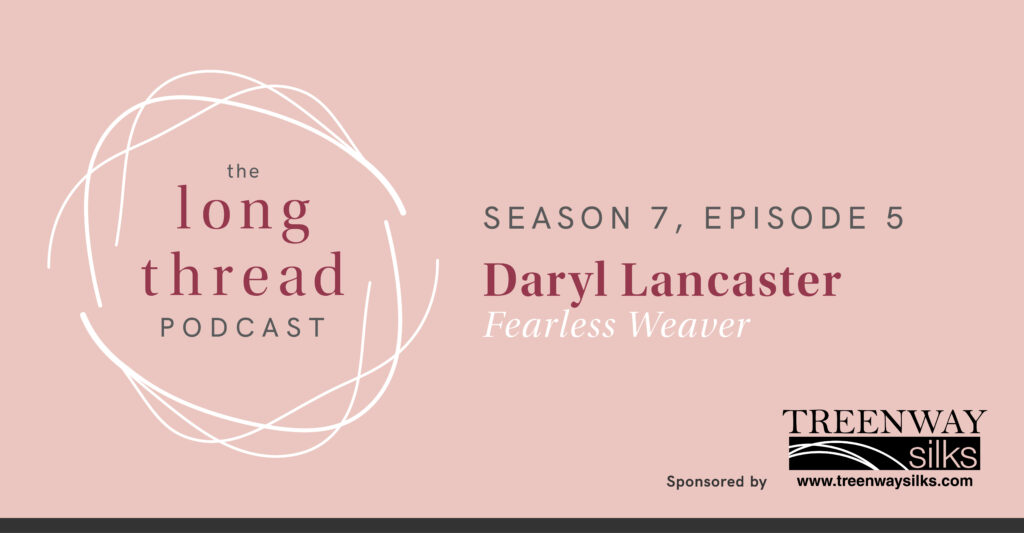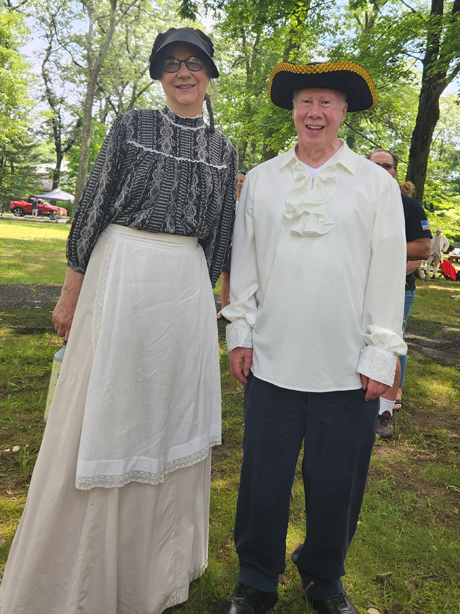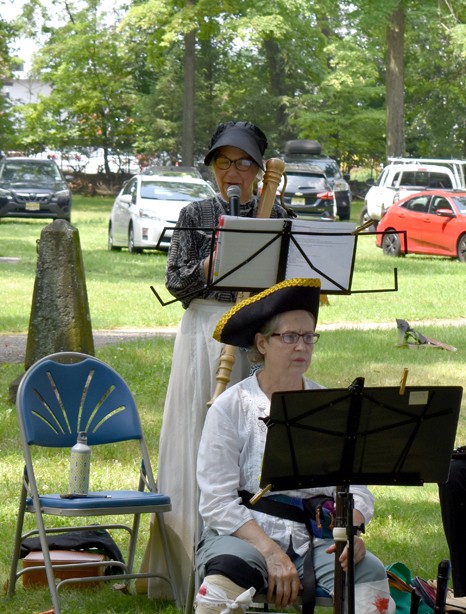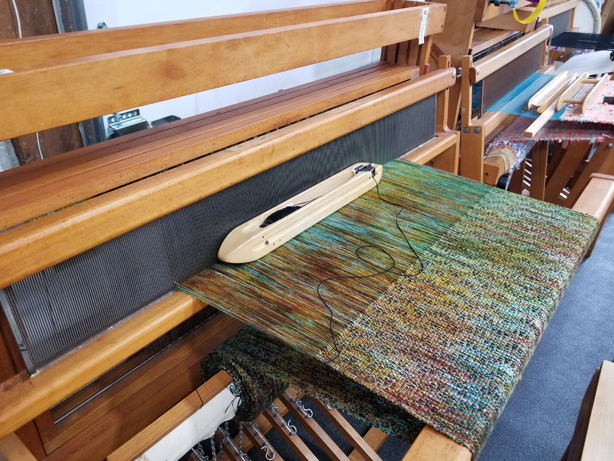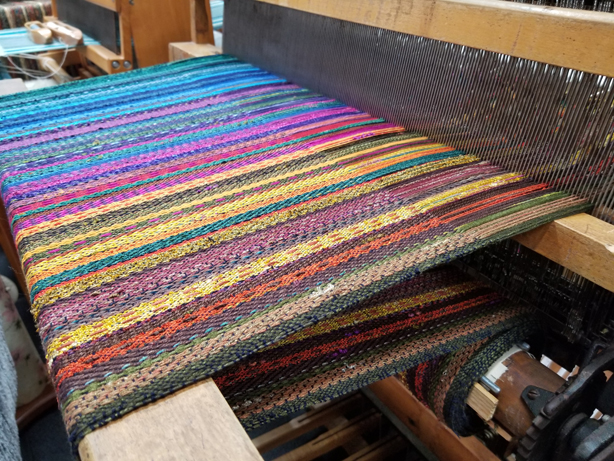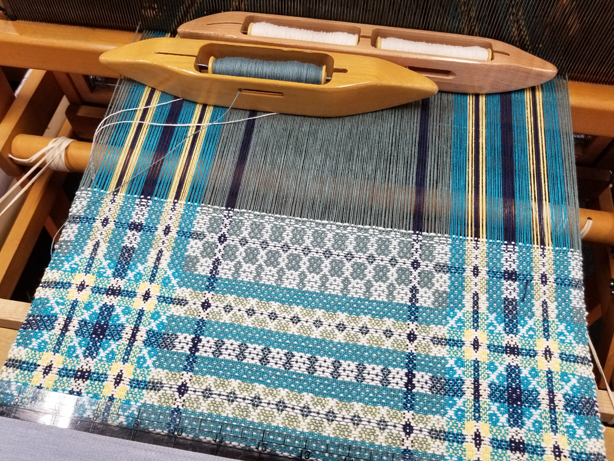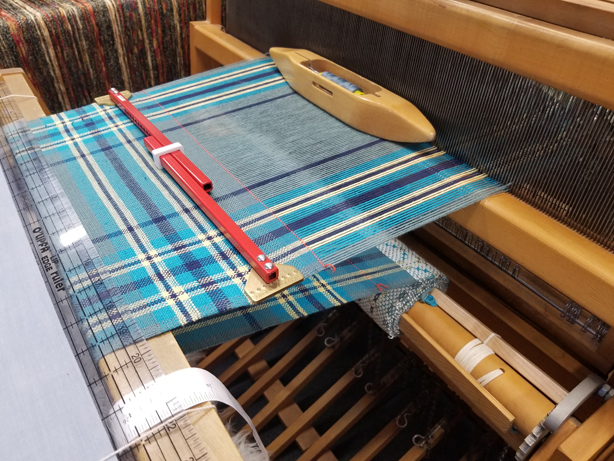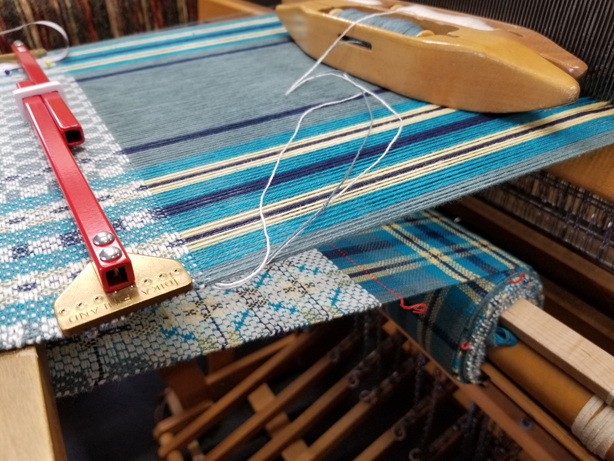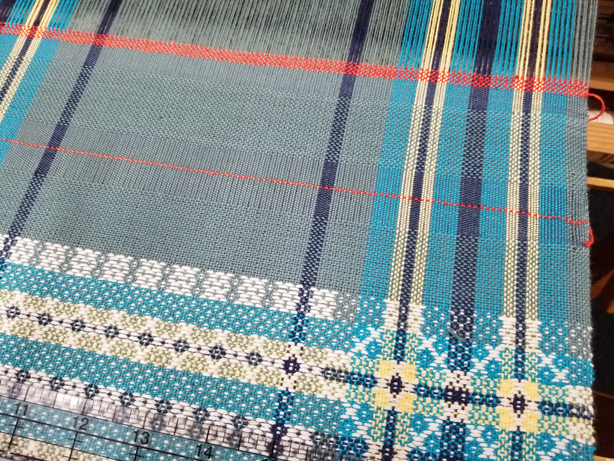This is going to be a long one… Sorry… With lots of pictures… Not sorry…
I went to a concert today, called a cabin concert, popular with singer songwriters, in someone’s house, way out in the woods, where people gather, to listen to invited artists play. It is intimate, and entertaining, and I usually enjoy myself when I go. One of the artists featured today is a good friend. She is a wonderful song writer, her songs are based on things that happen to her in every day life.
I sat next to a woman, who is also friends with this artist, though we didn’t know each other. When in musical settings such as this, there are standard questions, “Are you a musician yourself?”, and other kinds of openers. I shake my head, and mutter something about playing recorder with an early music group, but I was there to support my friend, and enjoy the afternoon. The conversation kept going, and this is always where it gets awkward, because what I really do for a living is very complicated, there are no easy ways to describe succinctly. I mention I’m in the arts, or I’m an artist, and right away, there is the assumption that I’m a painter. Which I’m not. Eventually I mention I work in fiber, and that sets off a whole other series of questions, ending with I’m a weaver. Well what do you weave? Clothing. The conversation with this fellow concert goer then dropped into amusing territory, huge assumptions on her part, and I end up just smiling as this person has no clue what I do and what I’m interested in, and I’m really not in the mood to explain. Since this person has experience with reenactments, of all sorts of wars, she felt certain that I’d make a killing taking my handwoven clothing to reenactments, especially the one in Fredericksburg, MD, where there are knowledgeable people who want handwoven anything, and are willing to pay for it. Sigh…
I’ve come across many people in my career who think that they know what’s best for me and my work. Who wouldn’t want to make a killing in the right market? I was glad the music started up again, because the thought of setting up a booth with my handwoven clothing, which I did all through the 1980’s, made me slightly nauseous. This is definitely not the direction I am headed.
So where am I headed…
I’m in a unique position where I’ve done a lot with my life, and I’m proud of what I’ve done. I’m proud of the students I’ve empowered to create from their hands, and I’m really looking forward to fiber as a hobby. Imagine that…
I live in Suburban Northern NJ, about 20 miles west of Manhattan. I have a small half acre of land, which my husband and I meticulously landscaped in the late 1980’s after we added a sizable addition to the house, and needed to create decking and tiered plantings, and so we hired a professional landscaper to draw out plans. We did the work ourselves, but what plants to plant where, was all designed by this professional. I need to mention that in the late 1980’s, landscaping took on a completely different direction, because all the new exotic imported plants from Japan and Asia were becoming available and they created lovely color and texture all year round. We planted profuse amounts of Japanese Barberry, Kousa Dogwood, Burning Bush, Continus or Smoke Bush, and a number of other things that now are considered invasive, not native, and in the case of Barberry, destroying the understory in all of the forest parts around where I live and really, the planet. The push is on to remove everything that is not native.
I recently attended a number of lectures, and listened to a few podcasts, all on invasive species. Some of the lectures were on foraging these materials for textile use, making baskets, weaving, eco printing, natural dyeing, and even papermaking. Some of the lectures were on planting native pollinators to attract caterpillars which attract more bird species because we all know the planet is in trouble, and all I can do is fix my own backyard. I went to a lecture last Sunday at Greenwood Gardens, an estate garden open to the public in Northern NJ, featuring author Doug Tallamy, University of Delaware Professor of Botany and other things.
Nature’s Best Hope: A New Approach to Conservation That Starts in Your Yard by Douglas W. Tallamy
It was probably the best lecture I’ve ever heard and I came home miserably depressed because my beautiful yard is destroying the planet. Well I’m being overly dramatic, I can’t fix the rest of the world, but I can try to fix my own.
So this is just one corner of my front yard. Note that every other bush is a Japanese Barberry. I have a gardener, and I’ve finally convinced him that each bush eventually has to go, but in it I can research native plants, and possible plants that can work for natural dyeing, basketry, weaving, eco printing, etc. So I have the smallest of hope here that I might make a difference with my little corner of the planet and add to my textile fun.
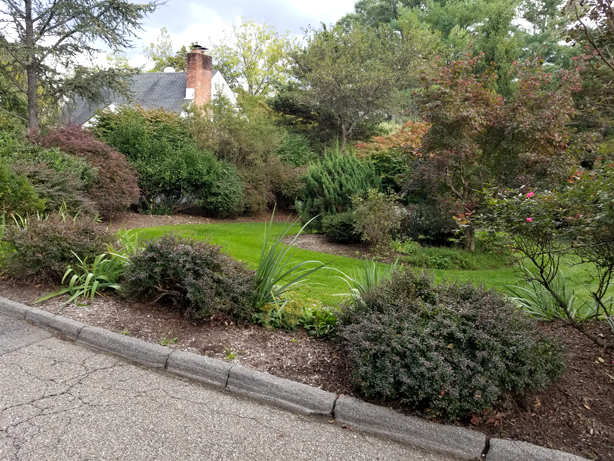
I’m pretty expert at making handwoven clothing, but I’m enough of a novice at everything else to know I don’t know anything. Except what we touched on in college in the 70’s. So I’m taking things very slowly. My gardener removed two of probably a dozen Barberries this week, and I’m getting opinions as to what to replace them with. Meanwhile, he has a black walnut tree in his front yard and brought me a huge bucket of black walnut hulls. I made a dye with them. Both skeins are dyed with black walnut hulls, the darker one on the right has an iron modifier, rust water from a bucket of rusty iron found throughout my house added briefly to the end of the dyebath.
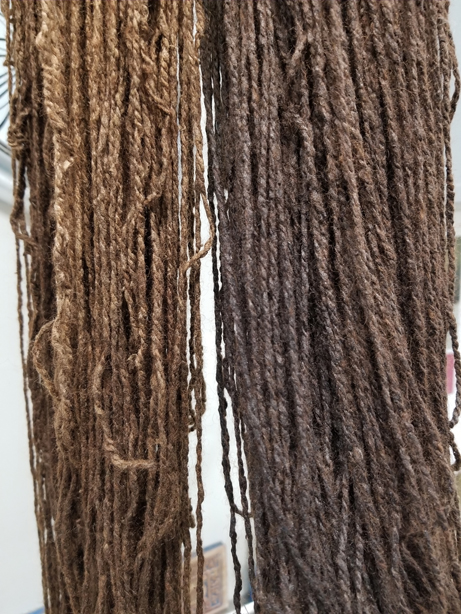
And I did scamper across the street, to a huge patch of overgrown weeds between two properties, and didn’t think anyone would mind if I stole all the pokeberries from the two bushes there. And yes, I do know that anything purple with anthocyanins is not light fast and will fade with washing over time. Still, it was fun, and for now, I got a really pretty magenta on this skein of silk and wool.
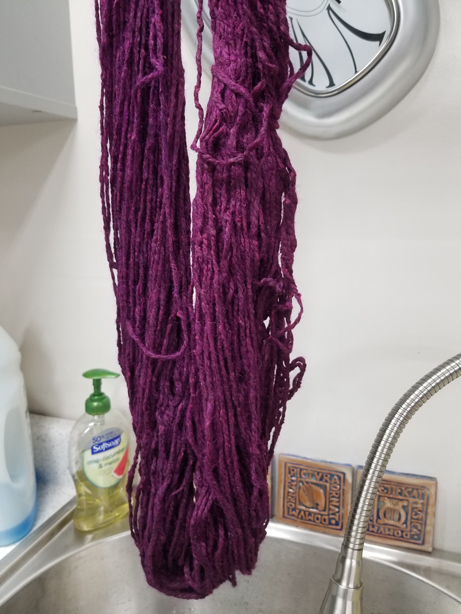
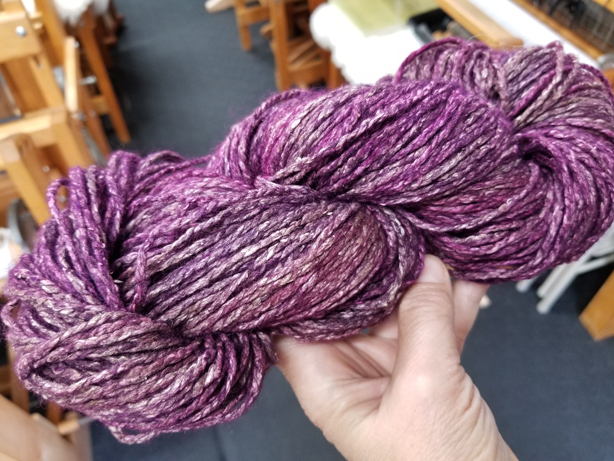
And another area, which has always fascinated me was plant tinctures, because before big pharma, we had herbal medicine. I usually obtain Sweet Annie (Artemisia Annua) tincture from my herbalist friend (coincidently the singer songwriter I heard at this afternoon’s cabin concert, who wrote a song when her Artemisia didn’t come up that year) but this year, she gave me a couple of plants and apologized because it will take over my yard. But I made my first tincture from Artemisia in 80 proof vodka and it is sitting on my counter curing. I look forward to my home remedy for curing colds, flu, and I’ve even heard it is great for Covid. (I did use it when I had Covid this time last year, and my symptoms were so mild I didn’t realize I had it, which could be coincidental)
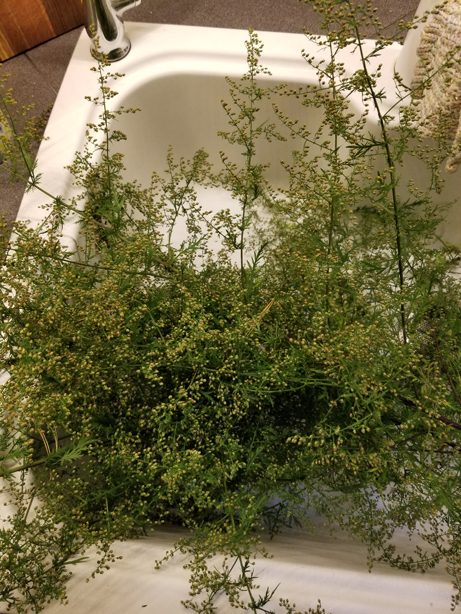
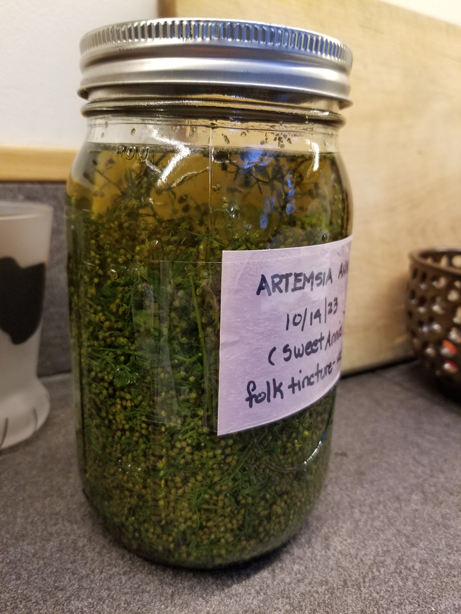
I took a class last weekend in Eco Printing through my guild, using the dirty pot method. I’ve taken workshops before in Eco Printing, and am a fan of an iron blanket, but this was the workshop, and the results were OK, I wished for more clarity in the middle. The scarf blank is a silk/wool from Dharma Trading.
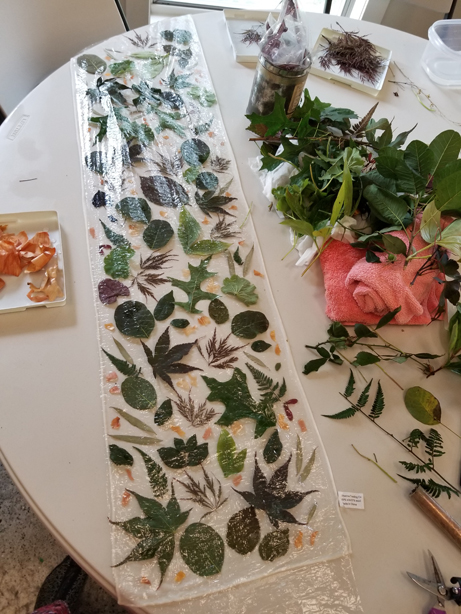
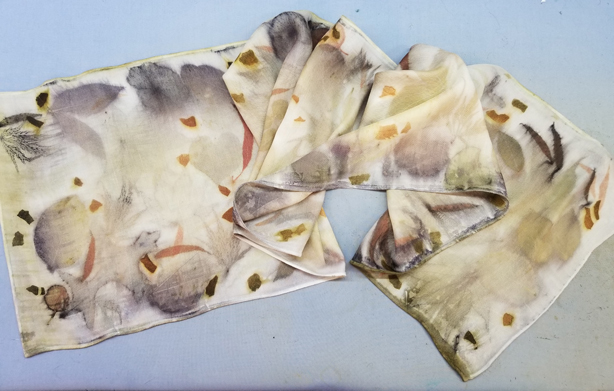
We also, while the bundles were boiling in the dirty pot (a pot of water, preferably aluminum, with iron chunks, and a copper pipe, and some onion skins, and whatever else she dumped in there), played around with flower pounding. I’ve never done this before, so this was fun and entertaining. I had an old cutting board and a hammer and we were given cotton towels, pre-mordanted with Aluminum Triformate, and I got a bit carried away.
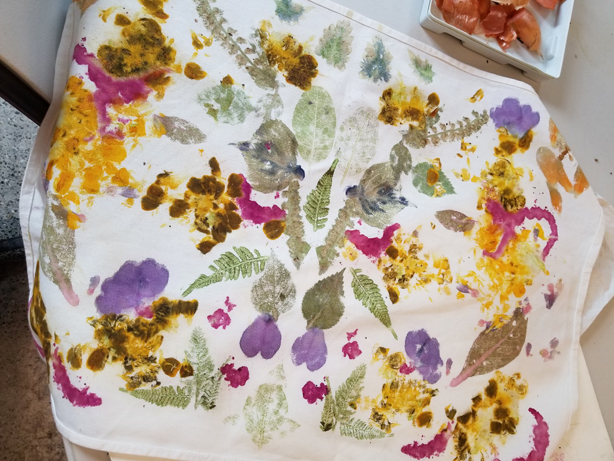
Of course when I went to wash it a couple days later, after I heat set it with an iron, all the purples (from anthocyanins of course) washed out. Still, I have a fun dishtowel, and I can still see the ghost outline of the amaranth.
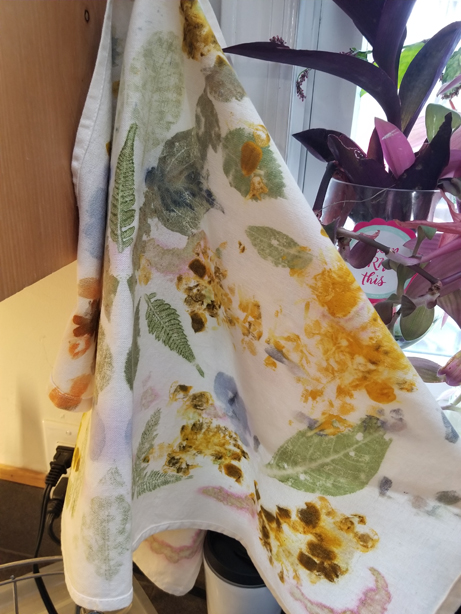
And we experimented with a heat press, pressing leaves and flowers onto treated watercolor paper. I don’t own a heat press, and have no intention of buying one, but it was fun to experiment. I have seen more interesting prints from Jane Dunnewold, but I love first time trying anything… You never know.
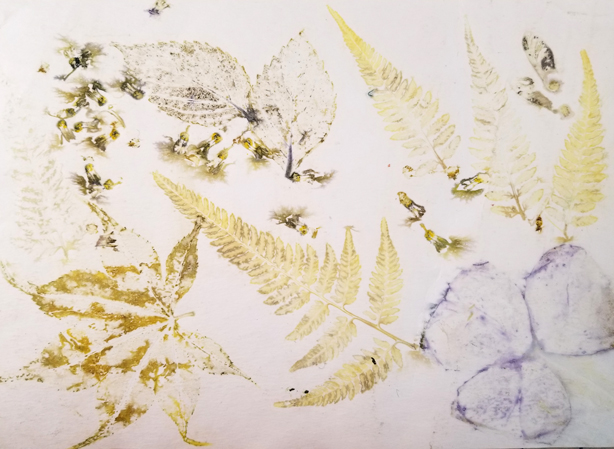
I went back to Greenwood Gardens on Wednesday, for a day of artistic sketching, painting, and photography. Bring any medium you like to work in, and park yourself and your easel and get to work. I picked the hardest building on the property, the two story summer tea house, with stone wrap around steps down both sides, and all sorts of sculptures, and proceeded to sketch.
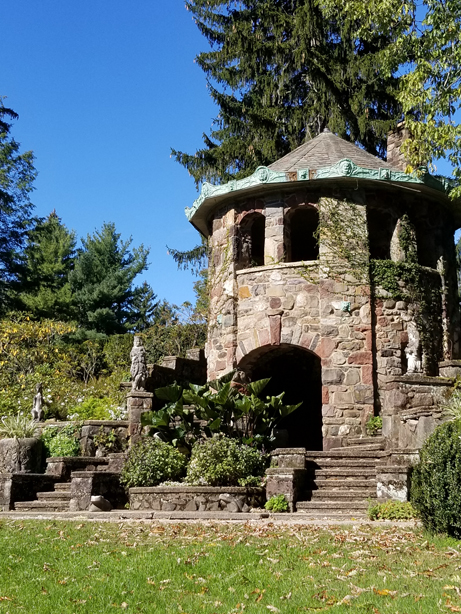
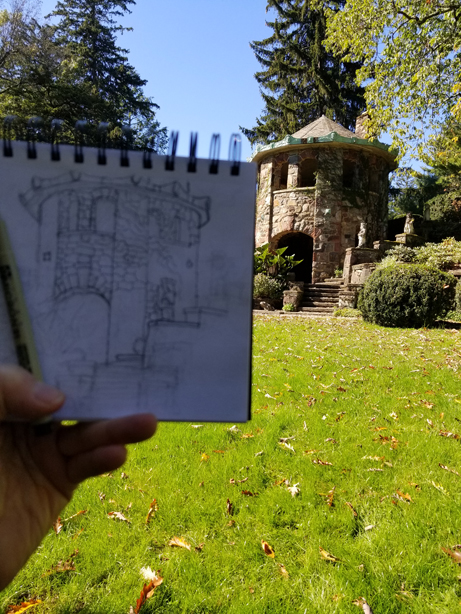
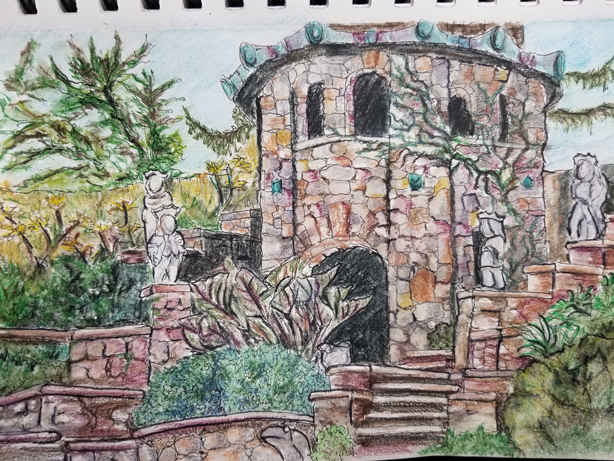
I work in pencil, mostly because I’m rusty getting proportions right, and I erase a lot, and then I ink the important things. Then I use water color pencil, and later add water with a fine brush. Here is the result and it was a gorgeous fall day and I met so many interesting artists, oil painters, watercolorists, and a woman, probably in her 50’s who has been journaling every day since she was 10. I envy her commitment to a daily practice, though I’ve been writing this blog since 2008. With more than 900 posts, I’ve done OK for myself. I don’t care who reads it, because it is a personal journal that happens to be full of pictures and is available on the internet.
Anyway, the discussion of native plants and pollinators was part of every conversation with people involved in gardening. Turns out woman with the journals has a neighbor into natural dyeing and they just did some indigo. Small world…
Meanwhile, I have until the 24th to finalize all the stuff I’ve made for the Jockey Hollow Show and Sale, November 3-5. That’s when I submit my spreadsheet and get my bar coded tags back.
More bunnies…
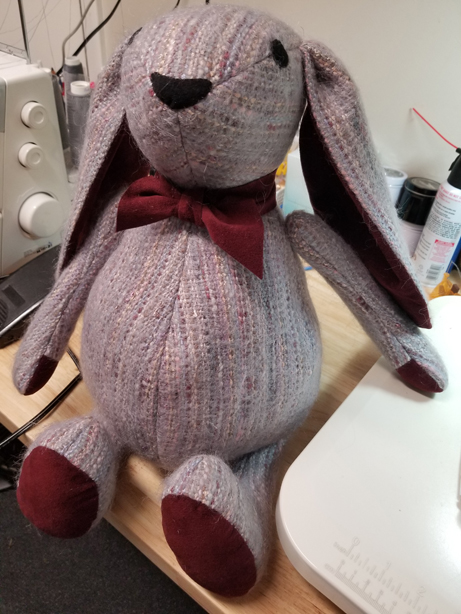
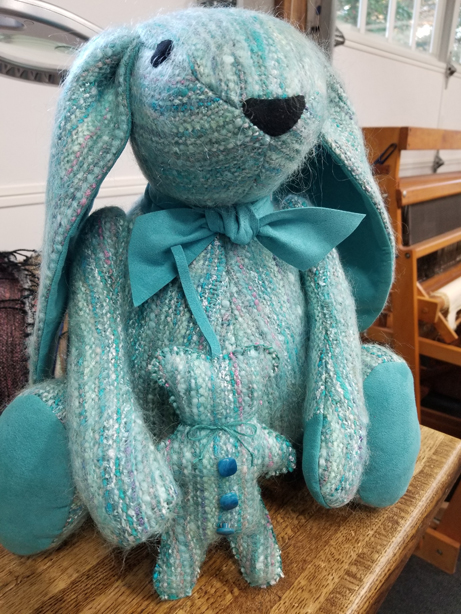
More bear ornaments…
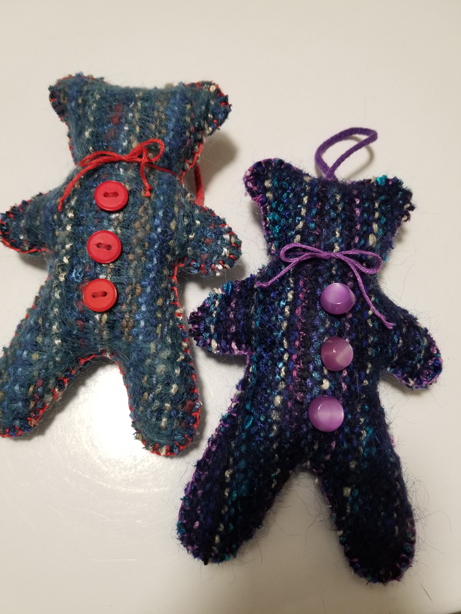
Zippered kit bags…

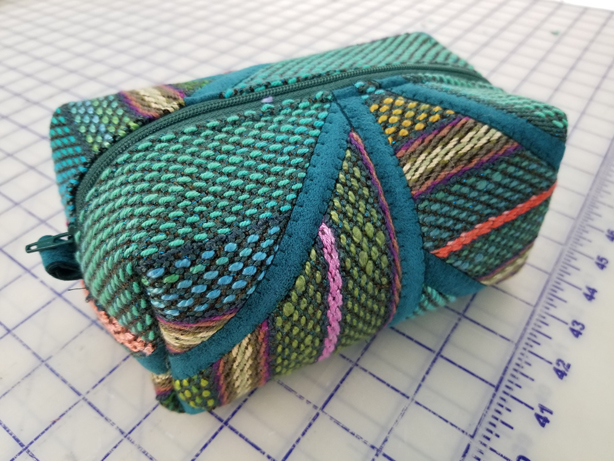

Zippered regular bags…
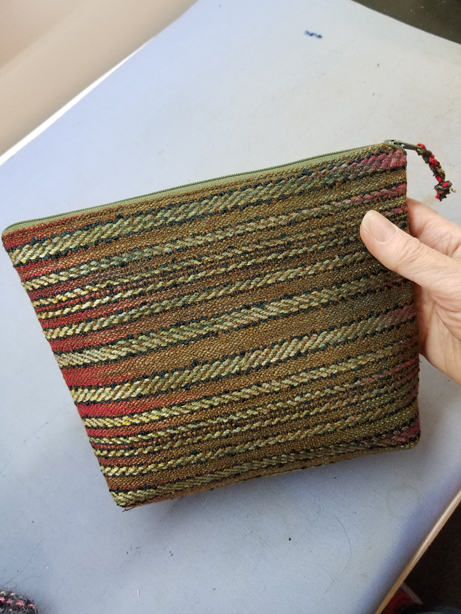
A Ginger Jar…
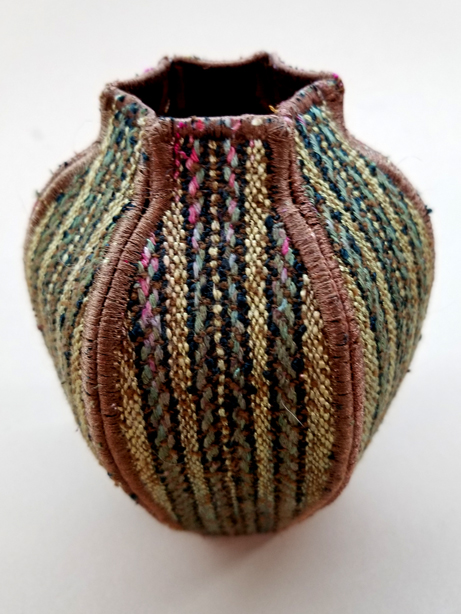
Tote bags…
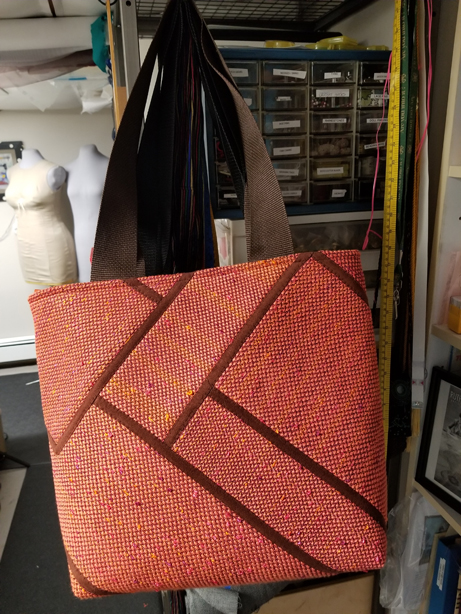
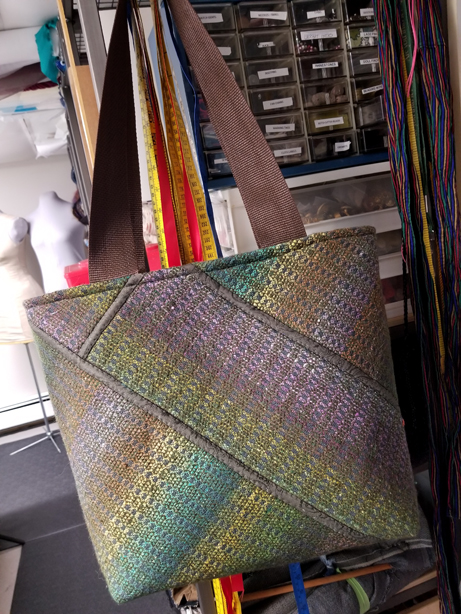
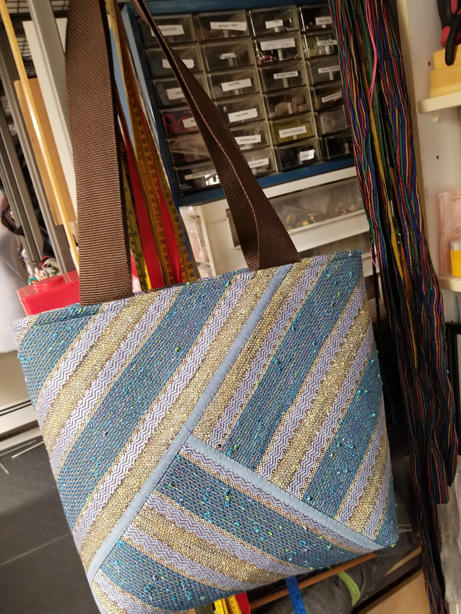
And I’ve found an easy way to insert a separating zipper in the top without feeling like I’m wrestling an alligator…
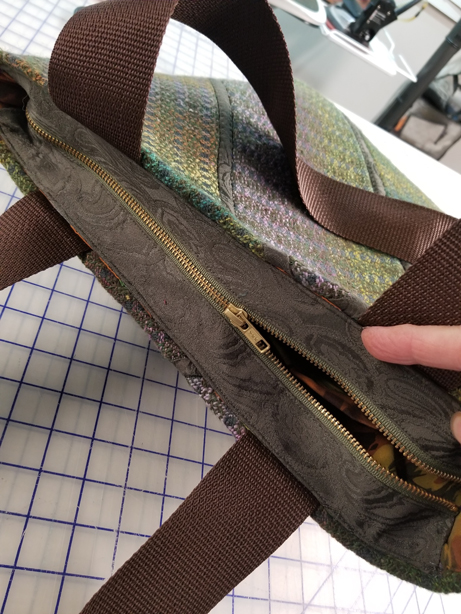
And of course I have my constant companion laying in the middle of whatever I’m working on…
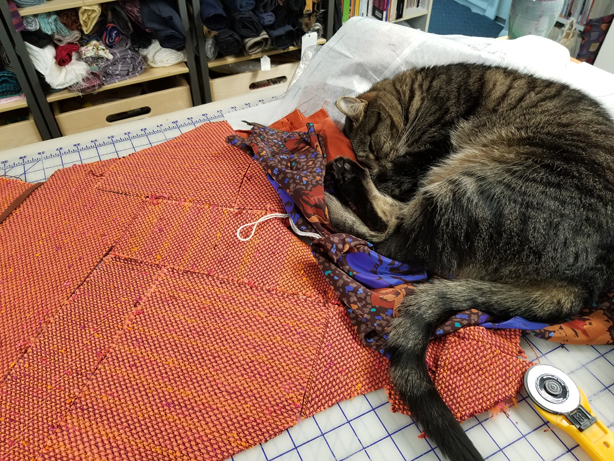
So what do I want to be when I grow up? A good steward of the land? A weaver that uses what’s available and is constantly learning new fields in botany, chemistry, and medicine, all with what’s available in my own backyard? It isn’t important for me to define my goals at all, because I’ve always been about the journey, and this is no different. I’m using up stuff from my old life, and repurposing it and creating something to help support my guild. What doesn’t sell will go to a pop-up shop in the theatre lobby of the Shakespeare Theatre of NJ’s final production this December. Giving back is important to me. I try to walk into town every other day, pick up the groceries for the day, and carry them home. The other morning, in a foggy dew, the spiders were busy creating webs for Halloween, captured by the morning sun. I didn’t have the heart to tell them I’m going to be ripping all those plants out…

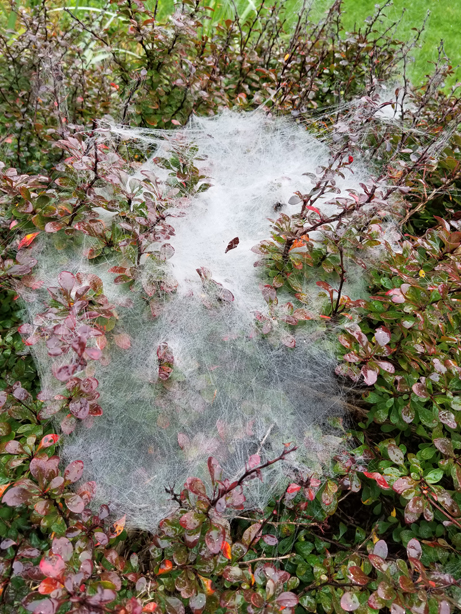
Stay tuned…
